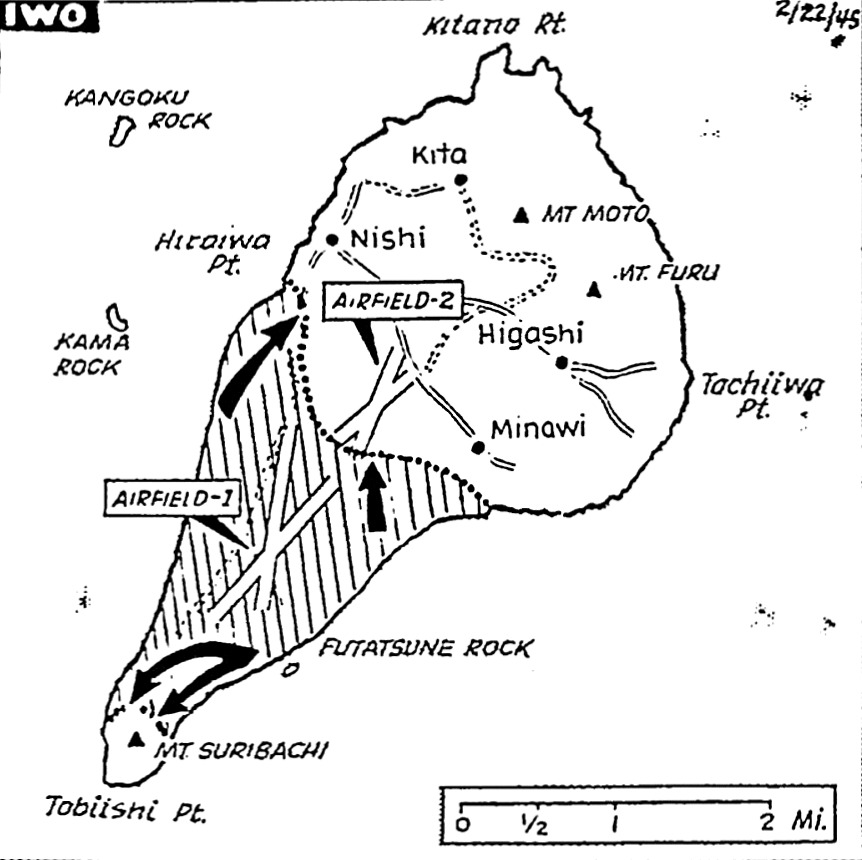Supreme HQ Allied Expeditionary Force (February 22, 1945)
FROM
(A) SHAEF MAIN
ORIGINATOR
PRD, Communique Section
DATE-TIME OF ORIGIN
221100A February
TO FOR ACTION
(1) AGWAR
(2) NAVY DEPARTMENT
TO (W) FOR INFORMATION (INFO)
(3) TAC HQ 12 ARMY GP
(4) MAIN 12 ARMY GP
(5) AIR STAFF
(6) ANCXF
(7) EXFOR MAIN
(8) EXFOR REAR
(9) DEFENSOR, OTTAWA
(10) CANADIAN C/S, OTTAWA
(11) WAR OFFICE
(12) ADMIRALTY
(13) AIR MINISTRY
(14) UNITED KINGDOM BASE
(15) SACSEA
(16) CMHQ (Pass to RCAF & RCN)
(17) COM ZONE
(18) SHAEF REAR
(19) AFHQ for PRO, ROME
(20) HQ SIXTH ARMY GP
(REF NO.)
NONE
(CLASSIFICATION)
IN THE CLEAR
Communiqué No. 320
UNCLASSIFIED: Between the Rhine and the Meuse, Allied forces continue to make good progress. In the Moyland sector, the woods to the south of the town now have been cleared of the enemy.
Our forces driving down from the north have reached the line of the Goch-Uedem railway at a point about two and a quarter miles west of Uedem. Goch now is clear of the enemy. Southeast of Hommersum we have made gains of up to two thousand yards.
Strongpoints, gun and mortar positions in wooded country west of Kalkar and near Goch were attacked by rocket-firing fighters and fighter-bombers which went in just ahead of our ground forces. The fortified village of Kalkar was subjected to repeated bombing and strafing attacks by other fighter-bombers. Behind the enemy line, communications targets in Weeze, Uedem, Labbeck, Sonsbeck, Geldern and Xanten were attacked by medium, light and fighter-bombers.
In the area southwest of Prüm, our forces have captured the town of Huf and are fighting in Binscheid. Farther southwest, near the Luxembourg-German border, we have captured Dahnen and have entered Dasburg.
In the Vianden area, our units have reached the German border one-half mile northeast of the town. Just southeast of Vianden, we have taken Roth. In the Mettendorf area, east of Vianden, our forces have repulsed a heavy counterattack. Our units now overlook the Prüm River on a six mile stretch in the area north of Echternach.
In the Saar-Moselle triangle our forces have cleared Temmels, just northeast of Grevenmacher, and our armor has pushed beyond Onsdorf to a point three and one-half miles northwest of Saarburg, which has been entered by other armored elements. Our forces have reached the Saar River south of Saarburg, and have taken Hamm and Taben. The towns of Freudenburg and Orscholz also are in our hands after heavy fighting.
Two counterattacks were repulsed by our units in the Sarrelouis bridgehead area.
Fortified towns in the Saarburg area, including Pellingen, Serrig, Taben, Greimerath and Krettnich were attacked by fighter-bombers.
Our forces are fighting from house to house in Forbach. The enemy is resisting stubbornly and has reinforced the defenders with local members of the Volkssturm. The nearby village of Spicheren was cleared despite stiff opposition.
An armor-supported enemy attack was repulsed in the St. Arnual Forest, northeast of Forbach.
In the northern Alsace Plain, our artillery dispersed a group of enemy armored vehicles.
One thousand eight hundred prisoners have been taken in the past six days in the sector between Saarbrücken and the Rhine.
Communications and rail and road transport in western Germany north and northeast of the Ruhr and between the Rhine and the Roer were attacked by medium, light and fighter-bombers. Targets included the rail bridge at Bad Oeynhausen and Vlotho, Herford and Lage and several railway yards in the Düren area and elsewhere. Locomotives, railway cars, and motor vehicles were destroyed and damaged and rail lines cut in many places.
Farther south, medium and fighter-bombers attacked railway yards at Zweibrücken, Kaiserslautern, Mannheim and Darmstadt and a rail bridge at Bad Münster. Communications at Freiburg and to the south were bombed by other fighter-bombers.
Rail and industrial targets at Nürnberg were attacked by escorted heavy bombers in very great strength. Targets included railway yards, locomotive repair shops, a tank factory and a large electrical equipment plant. Some of the escorting fighters strafed railway targets in southern Germany.
South of Saarbrücken, fortified buildings were hit by other fighter-bombers.
Last night, the railway center of Worms was heavily attacked by heavy bombers and another strong force bombed Duisburg. Berlin also was bombed twice during the night.
COORDINATED WITH: G-2, G-3 to C/S
THIS MESSAGE MAY BE SENT IN CLEAR BY ANY MEANS
/s/
Precedence
“OP” - AGWAR
“P” - Others
ORIGINATING DIVISION
PRD, Communique Section
NAME AND RANK TYPED. TEL. NO.
D. R. JORDAN, Lt Col FA4655
AUTHENTICATING SIGNATURE
/s/
